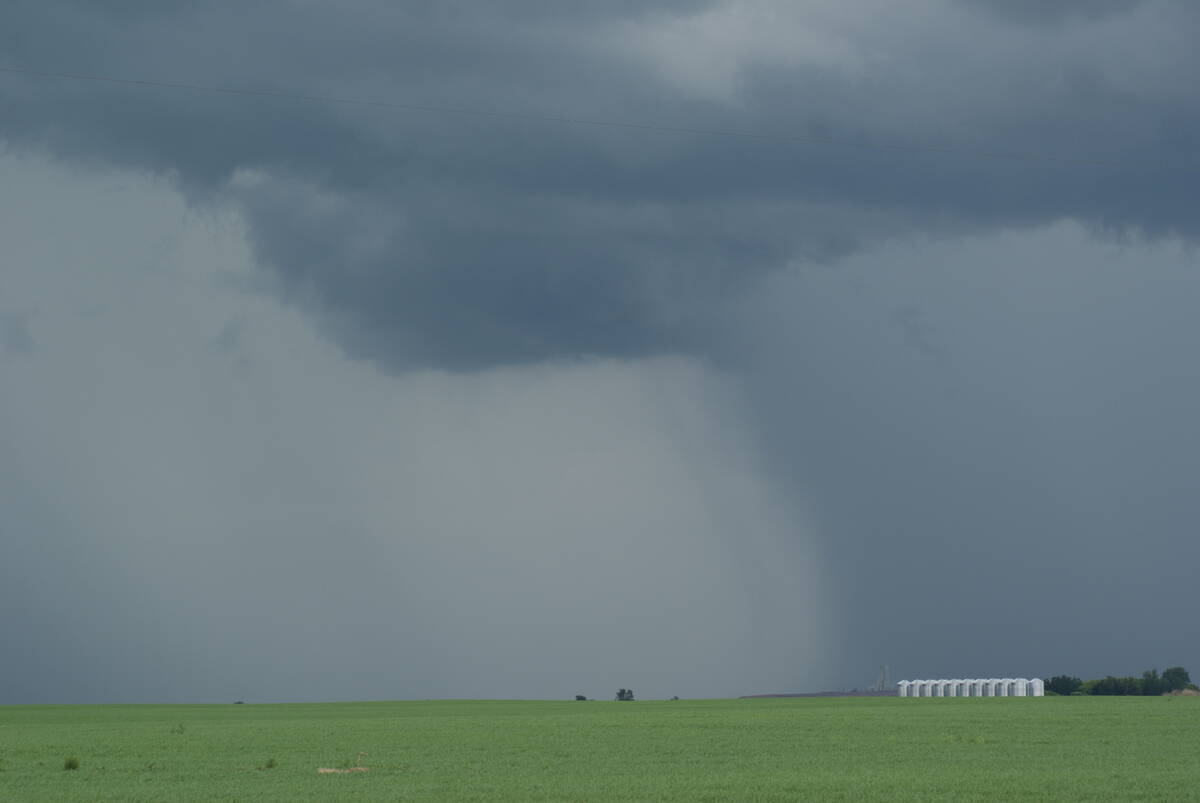One thing that’s really been obvious to me in the last couple of weeks, as I’ve called numerous traders, analysts and academics who deal with futures markets, is just how incredibly difficult it is to set up a futures market.
Commodity markets that have a robust futures market offering open, public prices aren’t the only free markets out there. The special crops market is a bunch of micro-markets that operate relatively well without futures contracts, although I don’t know if many would say that’s an optimal free market. Markets like flax and barley have dropped back down into non-futures supported markets, after contracts for those commodities have failed to thrive and been delisted. Flax has gotten pretty murky, without nearly as many buyers as in the barley market.
Read Also

Canadian farmers need new tools to support on-farm innovation
Farmers need a risk management buffer that actually works and investment that drives advancements forward if Canada is to build resilience.
But the open price discovery offered by futures markets is a truly precious thing, and terribly hard to create and maintain. Right-wingers seem to believe they will just naturally appear and prosper, but invisible hands don’t always work that well if not gently guided. Left-wingers, actually, seem to have the same blase attitude, being comfortable in a capitalistic world they assume will exist, in which they can always be poking a finger into daddy’s eye, as if it’s all-powerful. But the people at the heart of public derivatives markets know just how weakly that heart often beats, and how easily it can stop or never start beating.
As I’ve called around asking people about the likelihood of the Winnipeg ICE exchange to successfully erect new spring wheat and durum contracts and revive Western Barley, people have repeatedly pointed out all the failures around the world to erect new contracts, even when huge crops are at play.
Scott Irwin of the University of Illinois pointed out to me the failure of Brazil’s main exchange to create a functioning South American soybean futures contract, even though that’s a plus-60 million tonne crop. Chicago also failed to produce a workable South American soybeans crop.
A constant user of the Minneapolis Grain Exchange’s spring wheat futures contract noted to me the problems being experienced by Chicago’s ethanol contract, which would seem to represent a huge commodity with many players who could use a hedging tool, but for which one flaw – too few blenders in the market – has crippled success.
And many think durum has just too few buyers for a contract to work.
But who knows? Perhaps Winnipeg will prove that durum has a wide enough production, sourcing and processing community to produce sufficient liquidity to make a contract fly. And spring wheat contracts in the U.S. are rife with convergence and delivery problems. (Irwin told me he’s spent much of the past 5 years working on the chronic convergence problems with the Chicago wheat contract). Perhaps Winnipeg will be able to create something from scratch that is manifestly better than existing wheat contracts, and find that its rubber has found the road.
ICE itself came from nowhere a few years ago to become a major owner of futures markets around the world. It prospered by creating new platforms that alleviated some of the problems the old exchanges had been carrying around but had not moved quickly to deal with. So maybe that attitude will appear in these new contracts and the market will move to Winnipeg. Being a guy who lives and works in Winnipeg, that’d be nice to see. First we get the NHL back, then we get spring wheat, durum and barley contracts. I doubt new ICE Canada futures contracts would send thousands of ecstatic fans down to The Forks to celebrate, but it would certainly pep up the grain industry here.















